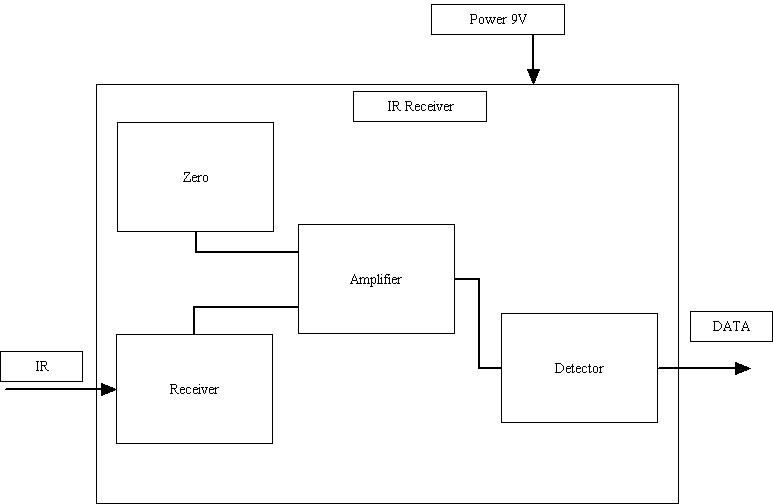Block Diagram
What
Designing the block diagram for the system-to-be.
How
The dish
Detailed block diagram design.
Ingredients
- Exact requirements (HW timing, etc.)
- Class diagram and a short description
- State diagrams
- Use cases
- Sequence diagrams expressing the dynamics of the system
- Function list
- Interface descriptions for user interface
- Interface descriptions for interface to other systems
- Design component diagram.
- Design Criteria.
Process
From the component diagram, the class diagram and the HW specification you should select which part to implement in HW. Remember each class contains up to 3 parts. A MW, SW and HW part. Focus must be on the HW part.
Now design the HW block diagram.
Each block in the block diagram must contain an input and output specification. There are several kinds to choose between. You need to ask if it can be any of the following:
- Power supply input/output: Describe voltages and power consumption for each voltage.
- Bus: I2C, RS232, Serial, Parallel, etc.
- Analog signal: describe the specific type and levels. Video, audio, on/off, etc.
- Digital signal: describe the specific type and levels.
Once you have answered these questions, it will be possible to design each block.
Why
To make it possible for the HW developers to develop the HW, a block diagram must be made.
In order to make it possible for the HW developer to develop each block, the block diagram must contain all connections in order to describe all input and output signals.
